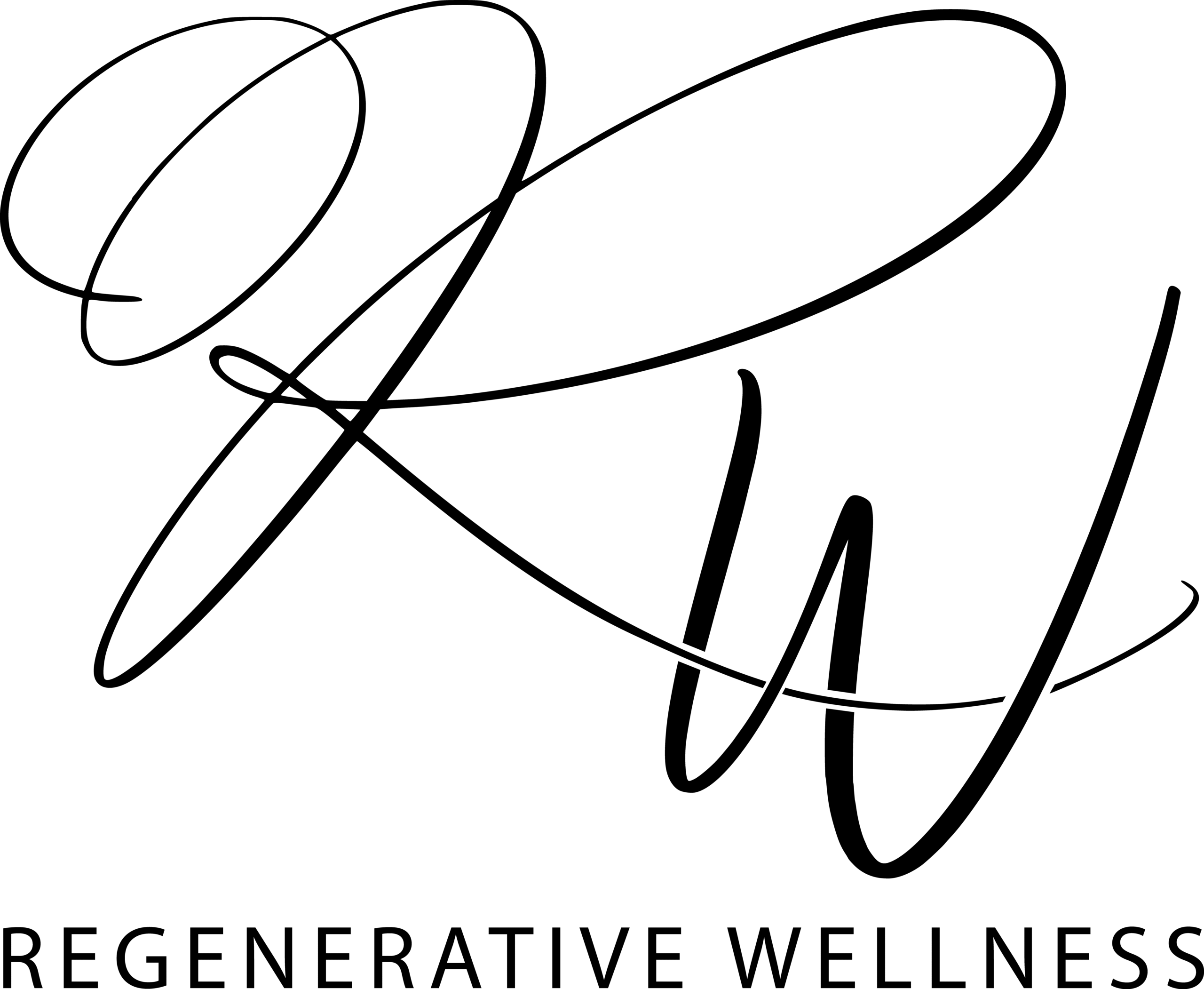Xanthan Gum
What Is It?
Xanthan Gum is a natural polysaccharide and thickening agent produced through fermentation of sugars by the Xanthomonas campestris bacterium. It is widely used in food, cosmetics, and pharmaceutical formulations to enhance texture, stability, and viscosity.
INCI (International Nomenclature of Cosmetic Ingredients)
Xanthan Gum
Proper Storage & Shelf Life
Storage: Keep in a dry, airtight container away from moisture, heat, and direct sunlight.Shelf Life: Approximately 3–5 years if stored properly.
Refined Or Unrefined
Refined: Xanthan Gum is purified for use in cosmetics, food, and pharmaceuticals.
Is It Necessary?
Not essential, but highly beneficial for:
Stabilising emulsions and suspensions.
Thickening and improving texture in formulations.
Providing a smooth consistency in cosmetics and food products.
Texture & Consistency
Fine, off-white to light yellow powder. Forms a viscous gel when hydrated in water
Natural Scent Profile
Odourless
Solubility & Compatibility
Highly soluble in water
Not oil-soluble
Compatible with most aqueous formulations
Benefits In Your Skincare
Improves stability and texture in creams, gels, and serums.
Helps suspend particles in liquid formulations.
Enhances moisture retention in skincare products.
Creates a smooth, silky feel in lotions and hair care products.
Works as a gluten-free thickener in food products.
PH
Xanthan gum itself is neutral to slightly acidic, typically having a pH range of 6-8 in a solution. It’s stable in a broad pH range, making it versatile in different formulations.
Recommended usage rate
Cosmetics & Skincare: 0.1%–1%
Food & Beverages: 0.1%–0.5%
Gels & Serums: 0.5%–2%
Appearance
Fine off-white to light yellow powder
Strengths
✅ Highly effective thickener and stabiliser
✅ Works in both hot and cold water
✅ Compatible with most water-based formulations
✅ Provides a smooth texture without greasiness
Weaknesses
❌ Can form clumps if not properly hydrated
❌ Overuse may lead to sticky or slimy textures
❌ Not oil-soluble, requiring proper formulation techniques
Alternative Ingredients/ Substitutions
Guar Gum: Similar thickening properties, but provides a slightly different texture and works better in cold applications.
Agar Agar: A plant-based gelling agent, ideal for firmer textures but less effective for emulsions.
Best Practices
Disperse in glycerine or another humectant before adding water to prevent clumping.
Hydrate slowly in warm water while stirring for even dispersion. Use a high-shear mixer for the best texture in thick formulations.
Combine with other gums (e.g., guar gum) for improved stability.
Tips & Tricks
For clear gels: Use at lower concentrations (0.5% or less).
For rich creams: Combine with emulsifiers for added stability.
For food applications: Works well in gluten-free baking to improve dough elasticity.
Recommended Starter Amount
50g–100g
